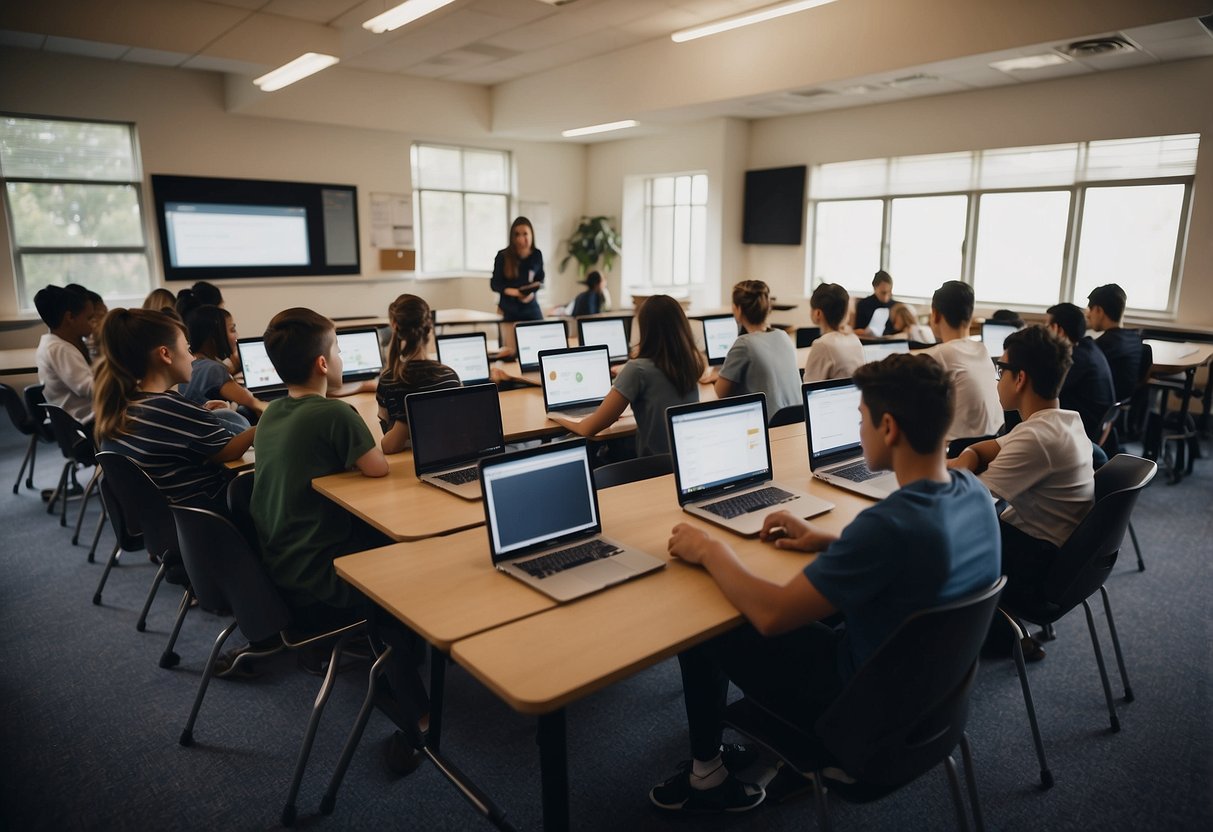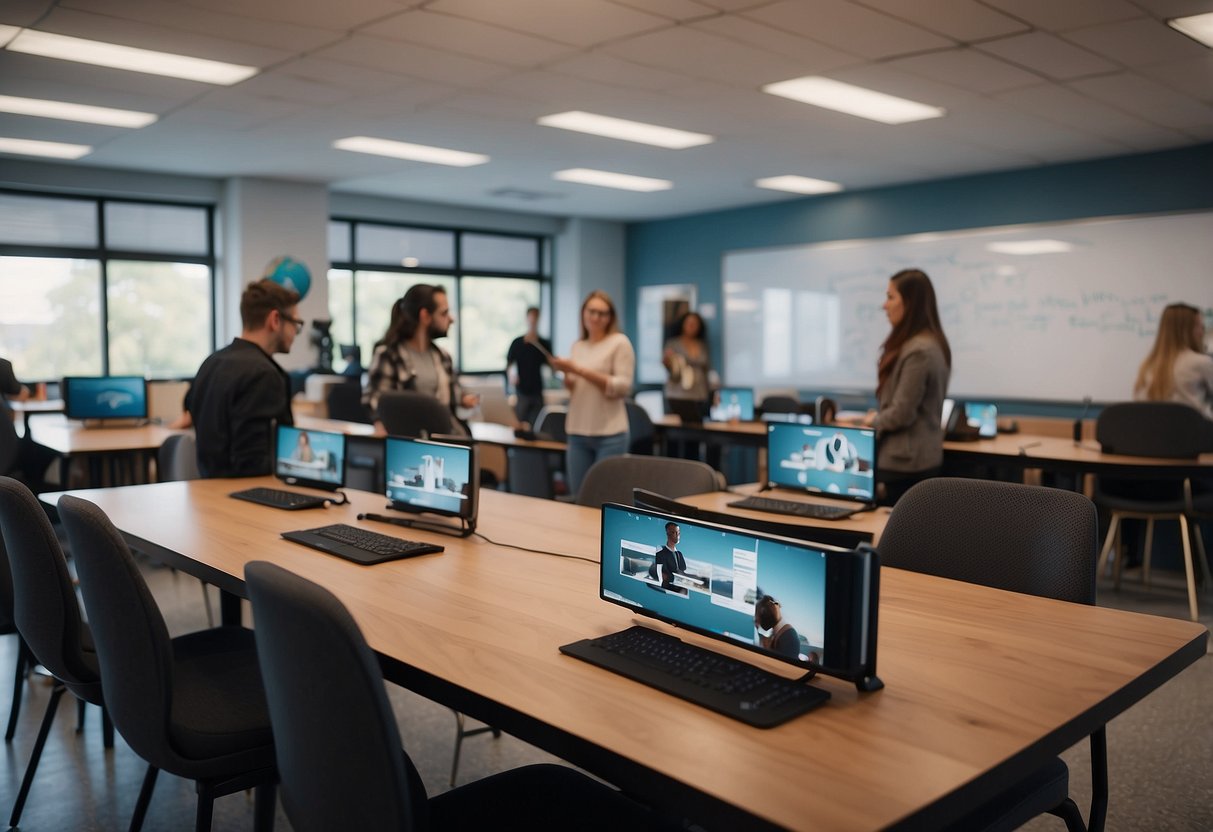
Automating Administrative Tasks
Administrative tasks can be time-consuming for educators. AI helps by automating processes like grading and lesson planning. Machine learning algorithms are capable of evaluating assignments and providing grades with high accuracy, freeing up educators to focus on more meaningful interactions with students.
AI streamlines lesson planning by analyzing existing educational content. It identifies gaps in curriculum coverage and suggests optimal teaching strategies. This ensures that lesson plans are comprehensive and aligned with learning objectives.
Educators benefit from AI-driven insights into student performance. Systems provide detailed analytics, allowing for better-informed decisions regarding teaching methods and resource allocation. Chatbots assist in administrative communication, handling routine queries from students and parents efficiently.
Automation reduces the administrative burden on educators. It ensures tasks are completed quickly and accurately, allowing teachers more time to dedicate to instructional quality and student engagement.
Enhancing Instructions with VR and AR

The integration of Virtual Reality (VR) and Augmented Reality (AR) in education offers transformative teaching tools. VR creates immersive 3D learning environments, while AR overlays digital information onto the physical world, enriching the learning experience.
Virtual Reality Tools for Immersive Learning
Virtual Reality tools enable students to engage in interactive 360-degree scenarios, turning traditional lessons into multi-sensory experiences. Applications like Google Expeditions allow virtual field trips to historical sites or underwater ecosystems. VR headsets provide the means to explore these settings as if physically present, fostering a deeper connection to the subject matter.
Educators can use VR in subjects like history by transporting learners to ancient civilizations or in science, where complex processes are visualized in 3D. This immersive technology also aids in vocational training, simulating real-world environments such as operating rooms or engineering facilities. By doing so, it bridges the gap between theoretical knowledge and practical application.
Augmented Reality for On-Demand Knowledge
Augmented Reality enhances classroom interactions by layering educational content onto existing environments. Tools like AR flashcards and mobile apps bring textbooks to life by displaying 3D models and animations, offering real-time visualizations of the material. This method makes abstract concepts more tangible.
Students studying subjects like anatomy can use AR to visualize the human body in detail, identifying organs and their functions interactively. For geology, AR can project 3D maps and structures, enhancing the comprehension of topographical features. By providing immediate, context-rich information, AR fosters better engagement and retention of knowledge.
Facilitating Remote Learning and Online Education
The shift to remote learning and online education has been accelerated by recent global events, reshaping how education is accessed and administered. This development has brought a surge in online learning tools and platforms, providing greater flexibility and opportunities for students worldwide.
Distance Learning During and After the Pandemic
During the pandemic, educational institutions faced unprecedented challenges, prompting a swift transition to remote learning. Schools and universities implemented various online tools to ensure the continuity of education. Video conferencing platforms like Zoom and Microsoft Teams became essential for virtual classrooms.
Post-pandemic, remote learning continues to play a significant role. Schools have integrated hybrid models, combining in-person and online education to offer greater flexibility. This approach has been crucial in accommodating students with different needs and circumstances, reinforcing the value of online education in modern learning environments.
Pandemic recovery funds have also supported the expansion of digital infrastructure. Investments in technology and training have improved the quality of online education, making it more accessible and effective.